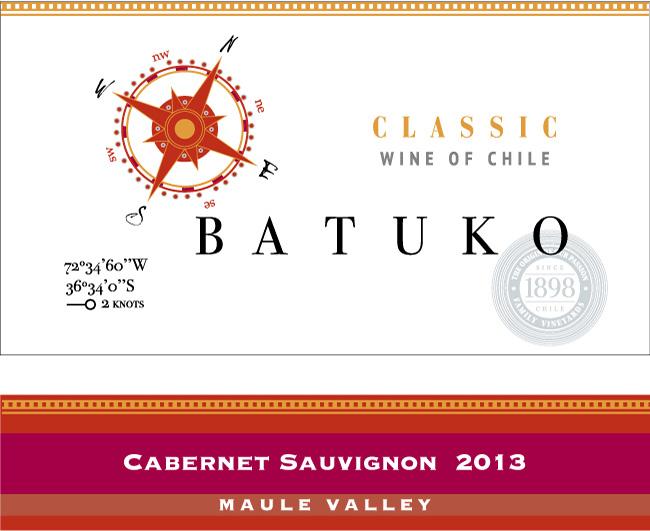2013 Maule Valley Cabernet Sauvignon
Batuko Classic is a captivating Cabernet Sauvignon from the picturesque Maule Valley, known for its rich terroir and ideal climate for grape growing. This wine presents a deep red color, inviting you to explore its complex character. The 2013 vintage boasts a full-bodied profile, with high acidity that creates a delightful vibrancy and keeps the palate refreshed. The fruit intensity is prominent, revealing luscious notes of dark berries and blackcurrant, complemented by subtle hints of spice and oak. Tannins are notable, providing a firm structure that enhances the wine’s aging potential while remaining approachable. As a dry wine, it is perfect for pairing with a variety of hearty dishes, making it an excellent choice for any occasion.
Batuko Classic is a captivating Cabernet Sauvignon from the picturesque Maule Valley, known for its rich terroir and ideal climate for grape growing. This wine presents a deep red color, inviting you to explore its complex character. The 2013 vintage boasts a full-bodied profile, with high acidity that creates a delightful vibrancy and keeps the palate refreshed. The fruit intensity is prominent, revealing luscious notes of dark berries and blackcurrant, complemented by subtle hints of spice and oak. Tannins are notable, providing a firm structure that enhances the wine’s aging potential while remaining approachable. As a dry wine, it is perfect for pairing with a variety of hearty dishes, making it an excellent choice for any occasion.




